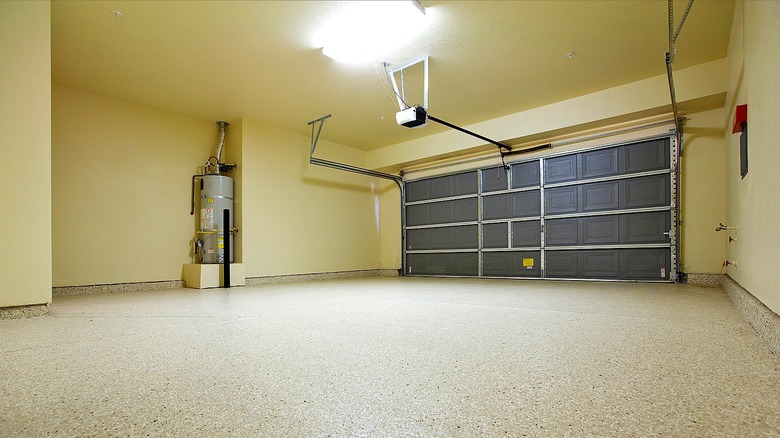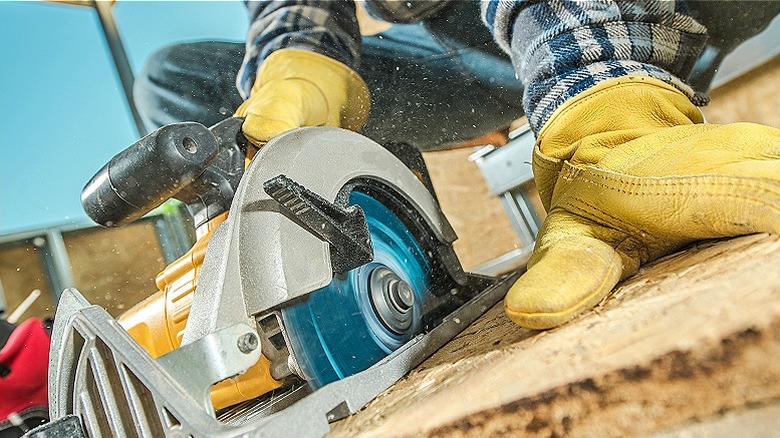When It Is Important To Insulate A Garage Floor & How To Get It Done
The constant battle against the elements (cue sweltering summers and teeth-chattering winters) may seed the question of whether garage floor insulation is necessary. But should you wish for an energy-efficient, multipurpose space, upgrading your garage floor with insulation is an excellent decision. The protective barrier safeguards your indoor haven round-the-clock from extreme temperature swings, thus shielding your air conditioning and heating units against the strenuous demands of weather extremes. The resulting ripple effect? Significant cost savings on energy bills and a prolonged HVAC system life span.
Now, with these benefits on the plate, we arrive at the conditions when garage floor insulation catapults from a luxurious choice to a necessity. These include installing a garage heater, transforming your garage into a habitable space or an intricate workshop, or planning to nestle temperature-sensitive items in this area. So, what's the secret behind insulation's magic? It boils down to the R-value, a symbol of insulating materials' thermal resistance, wherein higher values symbolize superior insulation prowess.
While there are many choices (think rigid foam, cellulose, fiberglass, reflective insulation, and spray foam), rigid foam steals the spotlight for the best insulation over a concrete floor. It packs high R-value per inch, customizable versatility, uncomplicated installation, and a neat aesthetic, making it a champion of insulating a garage floor for living space. Next, let's dive into how to insulate your garage floor the proper way.
The best way to insulate the floor over your garage
Insulating a garage floor begins with determining the size of your garage for accurate material amount estimation. Next, procure essentials like compression-grade insulation foam, half-inch exterior-grade plywood sheets, heavy-duty construction tape, and tools like a utility knife, tape measure, concrete trowels, safety gear, and a screw gun. With your arsenal ready, prime your garage floor for insulation, ensuring it's clean and dry. Minor imperfections can be ironed out with a concrete patch or leveling compound. However, major repairs demand a professional's touch.
The prepped surface sets the stage for the 6-millimeter polyethylene sheet — this, when expertly placed, safeguards against moisture infiltration. It should flow smoothly, with edges overlapping several inches and seams secured with heavy-duty construction tape. Next, introduce those insulation foam pieces, aligning them perpendicular to the vapor barrier, with a modest 1/4-inch gap around the room's perimeter. Again, hold them together with your construction tape.
The ensuing layer is a grid of well-positioned plywood panels. A 1/4-inch gap between these boards and half an inch around the room's edges should accommodate occasional expansion and contraction sessions. Bring on the second blanket of plywood, this time perpendicular to the first one, and fuse both layers with heavy-duty utility screws. The optional but wise addition of transitioning strips bridges the gap between your elevated garage floor and driveway. Your final act is to get creative with flooring options — hardwood, garage floor tiles, mats, or maybe epoxy coating on the plywood.

